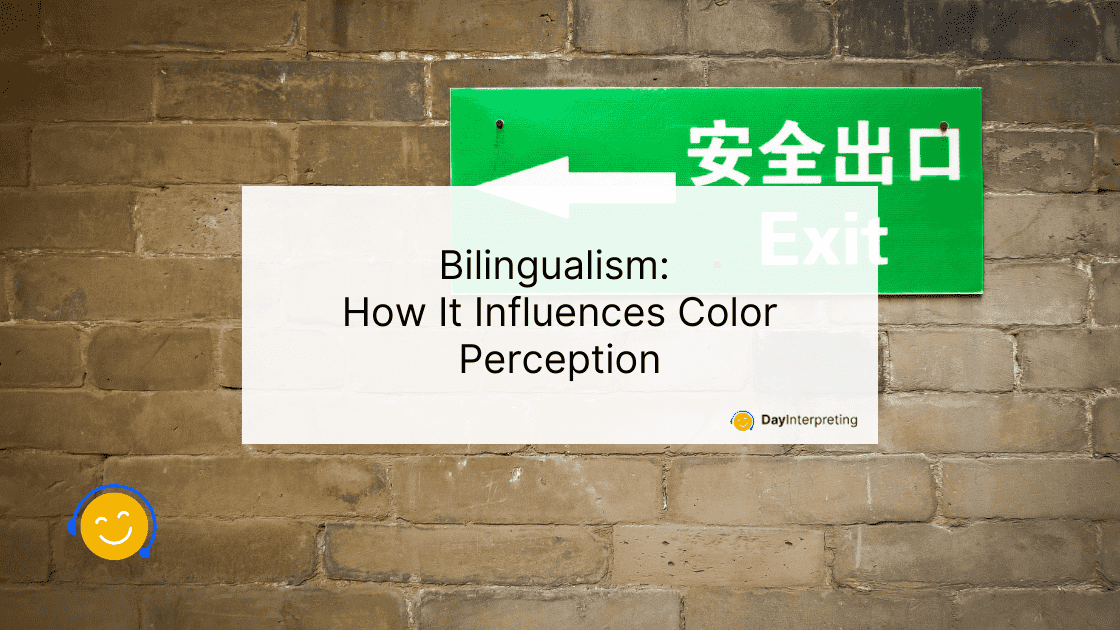Bilingualism, the ability to speak and understand two languages fluently, has long been a subject of fascination for researchers exploring the various ways it shapes cognitive processes. One intriguing aspect of this exploration lies in the influence of bilingualism on color perception. The relationship between language and perception is a complex interplay that goes beyond mere linguistic differences. In this article, we delve into the nuanced connections between bilingualism and color perception, examining the underlying mechanisms and shedding light on the implications of this phenomenon.
The Linguistic Relativity Hypothesis
To comprehend the impact of bilingualism on color perception, it is essential to revisit the Linguistic Relativity Hypothesis, which suggests that language plays a pivotal role in shaping thought processes. Proposed by Benjamin Lee Whorf and further developed by Edward Sapir, this hypothesis posits that language structure and vocabulary influence how speakers perceive and categorize the world around them. In the context of color perception, this implies that the presence of specific color terms in a language may affect how individuals perceive and distinguish colors.
Language and Color Categorization
Languages vary significantly in their approach to color categorization. Some languages have a rich set of distinct color terms, while others may use more generalized terms. Researchers have observed that bilingual individuals, exposed to two languages with different color vocabularies, may demonstrate a heightened sensitivity to subtle distinctions in color shades. This phenomenon is known as the “bilingual advantage” and suggests that bilinguals may possess a more finely tuned ability to discriminate between colors due to the contrasting linguistic frameworks they navigate.
The Influence of Culture
Beyond the linguistic aspect, the cultural context in which a language is embedded also plays a crucial role in shaping color perception. Different cultures may prioritize certain colors or associate them with specific meanings. Bilingual individuals often straddle multiple cultural contexts, exposing them to diverse color connotations. This cross-cultural exposure may contribute to a more expansive and flexible color perception, allowing bilinguals to navigate a broader spectrum of cultural interpretations.
Neurobiological Underpinnings
Neuroscientific research has begun to unveil the neurobiological underpinnings of the bilingual influence on color perception. Studies using neuroimaging techniques, such as functional magnetic resonance imaging (fMRI), have revealed that bilingual individuals exhibit distinct patterns of brain activation when processing colors. These findings suggest that bilingualism may not only shape cognitive processes but also leave a discernible imprint on the neural mechanisms involved in color perception.
Practical Implications and Future Directions
Understanding the intricate relationship between bilingualism and color perception holds implications for various fields, including education, design, and linguistics. Educators may consider incorporating bilingual approaches to enhance color learning in early childhood education. Designers, in turn, could leverage the unique perceptual skills of bilingual individuals to create more inclusive and culturally sensitive visual representations.
As research in this domain continues to evolve, future studies may explore the impact of bilingualism on other aspects of perception, providing a more comprehensive understanding of the cognitive benefits and challenges associated with navigating multiple linguistic and cultural frameworks. Bilingualism, it seems, not only opens doors to diverse linguistic landscapes but also enriches our perception of the colorful world we inhabit.





0 Comments